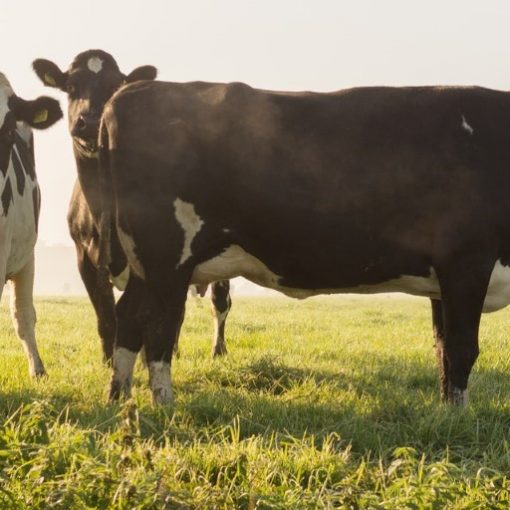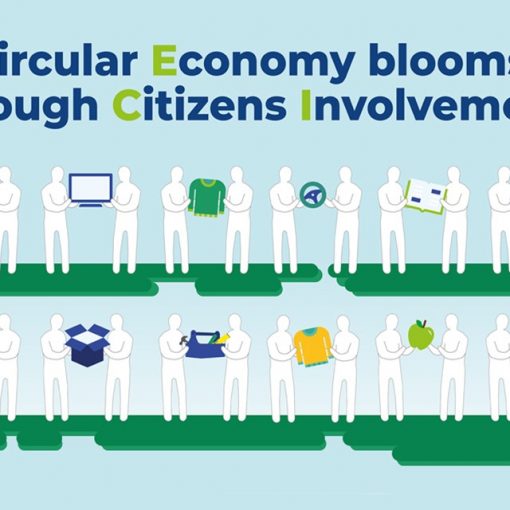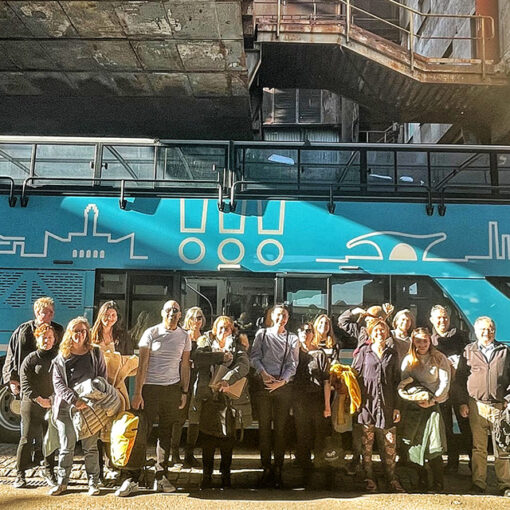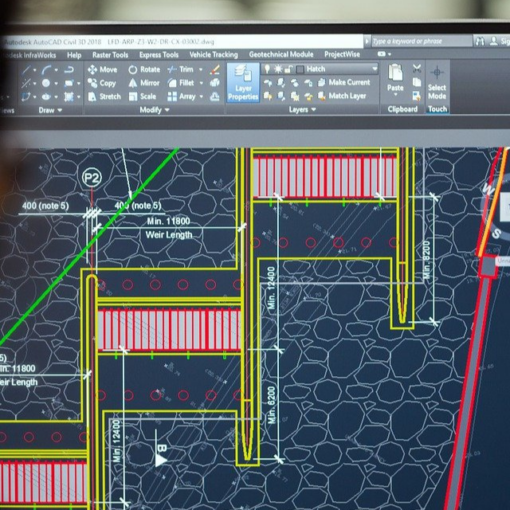Comprising 34% of Europe’s municipal waste, biowaste represents the biggest portion of the EU’s waste stream. Biowaste recycling is, therefore, crucial to achieve the 65% recycling target of municipal waste by 2035. (European Environmental Agency 2020, 5). It is obligatory for all EU Member States to either facilitate the separation and recycling of biowaste at its source or ensure separate collection without mixing it with other types of waste by 31 December 2023 (Directive 2018/851, Article 22).
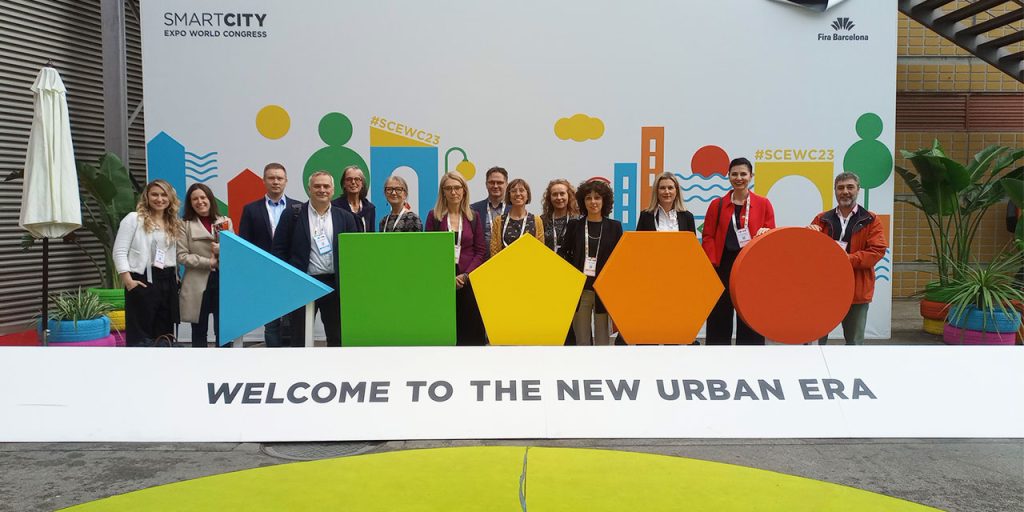
Sharing experience and good practices on biowaste management among the EU countries is seen as crucial by the European Commission. Consequently, the CITISYSTEM project organized a session named Best Practices in Supporting Cities in the Sustainable Biobased Change at the Smart City Expo World Congress, in Barcelona, on 9 November 2023.
Link to the CITISYSTEM website.
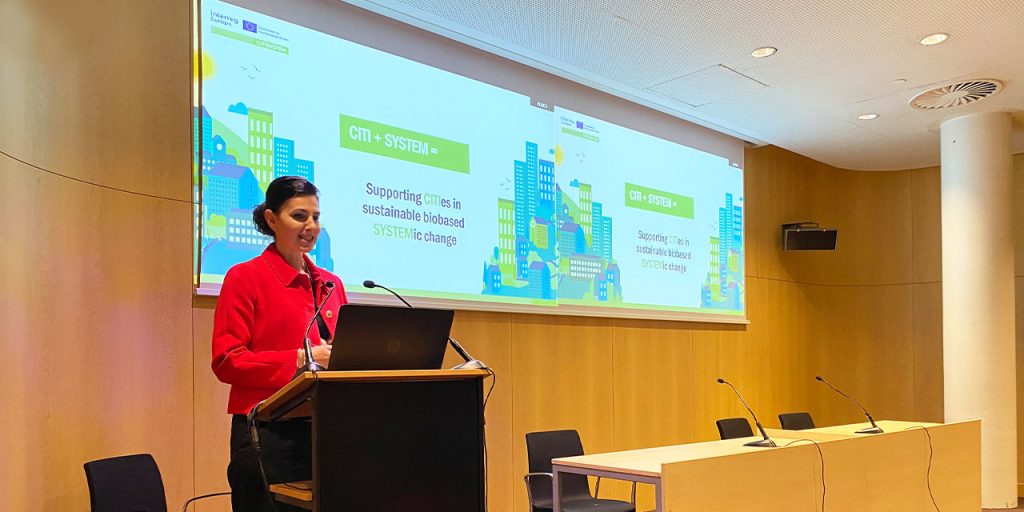
Insights into Catalan Bioeconomy Strategy
Miriam González from the Technical Office of the Department of Climate Action, Food and Rural Agenda of the Ministry of Catalonia, presented the 2030 Catalan Bioeconomy Strategy. The strategy defines circular bioeconomy (CBE) as a circular and sustainable economic paradigm, leveraging renewable and local biological resources to produce goods and services across all economic sectors (2030 Catalan Bioeconomy Strategy 2021, 17).
CBE presents a pivotal opportunity to confront the challenges of climate change, establish just and sustainable food system, and advance towards achieving territorial balance and development (2030 Catalan Bioeconomy Strategy 2021, 6). According to González, CBE generates revenues of 43 476 million € (9.8% of the total value of domestic production), represents 4,5% of Catalonian GDP, and employs over 190 000 people (5,2% of total employment). (González 2023.)
The implementation of the strategy is defined in triennial action plans complemented by the contributions of diverse groups of stakeholders advocating for the bioeconomy in Catalonia. González highlighted the role of stakeholders, such as businesses, academia, public authorities, and citizens. The first action plan focuses on four value chains: (1) Forest management and resources, (2) Livestock dejections and organic waste recovery, (3) Food chain byproducts recovery, and (4) Resilient agroforest and sustainable ecosystem services. (González 2023.)
Biowaste Management in Catalonia
Francesc Giró, Director of Strategic Planning of Catalan Waste Agency addressed the Catalan Circular Economy Roadmap and biowaste management. Already in 1993, the Waste Law established the obligation of separate biowaste collection in Catalonia. In 2023, the new law on waste prevention and management, and efficient use of resources is being drafted. In 2015, the strategy to boost Catalonia’s Green and Circular Economy was issued. Currently, the Circular Economy Roadmap is being designed. (Giró 2023.)
Giró emphasized the importance of learning from other EU frontrunners in terms of different ways of biowaste collection, from centralized separate collection (Germany) or door-to-door (Italy) systems to decentralized biowaste management (Austria). The advancement in separate biowaste collection is evident, rising from 1.4% in 1993 to 47.2% in 2022. The biowaste separate collection is provided in 95% of the Catalonian region; 5% uses a home or community composting. (Giró 2023.)
Author
Katerina Medkova works as an RDI Specialist at LAB University of Applied Sciences and is CITISYSTEM Project Manager.
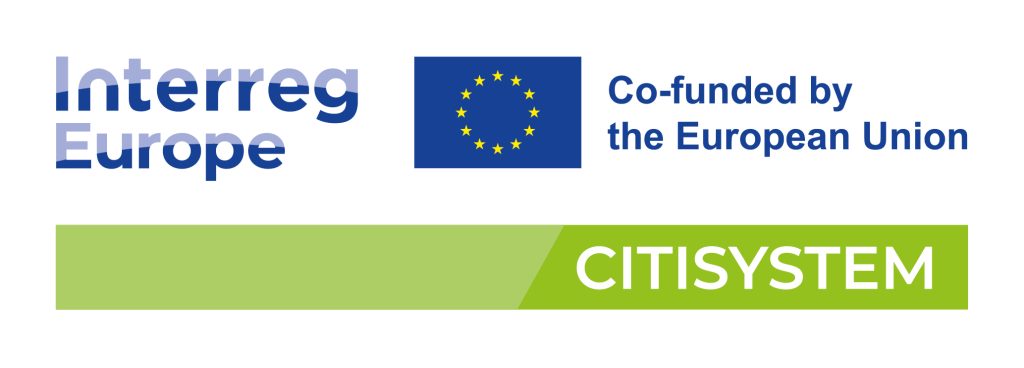
References
Directive (EU) 2018/851 of the European Parliament and of the Council of 30 May 2018 amending Directive 2008/98/EC on waste, EUR-lex. Cited 20 Nov 2023. Available at http://data.europa.eu/eli/dir/2018/851/oj
Giró, F. 2023. Circular Economy Roadmap. Prevention & Waste Management in Catalonia. Presentation given at the Best practices in Supporting Cities in the Sustainable Biobased session on 9 November 2023 at Smart City Expo World Congress, Barcelona, Spain.
González, M. 2023. 2030 Catalan Bioeconomy Strategy. Presentation given at the Best practices in Supporting Cities in the Sustainable Biobased session on 9 November 2023 at Smart City Expo World Congress, Barcelona, Spain.
European Environmental Agency. 2020. Bio-waste in Europe — turning challenges into opportunities. EEA Report. Vol 2020 (4). Luxembourg: Publications Office of the European Union. Cited 10 Dec 2023. Available at https://www.eea.europa.eu/publications/bio-waste-in-europe
2030 Catalan Bioeconomy Strategy. 2021. Secretary General. Ministry of Climate Action, Food and Rural Agenda. Cited 5 Dec 2023. Available at https://ruralcat.gencat.cat/documents/20181/9479472/EBC2030_EN.pdf/51d819d9-b139-4fb9-b297-278344bf72ea#:~:text=The%20strategy%20states%20that%20organic,%25%20to%2025%25%20by%202030.
Links
Link 1. Interreg Europe. 2023. Project Summary. CITISYSTEM. Cited 5 Dec 2023. Available at https://www.interregeurope.eu/citisystem

